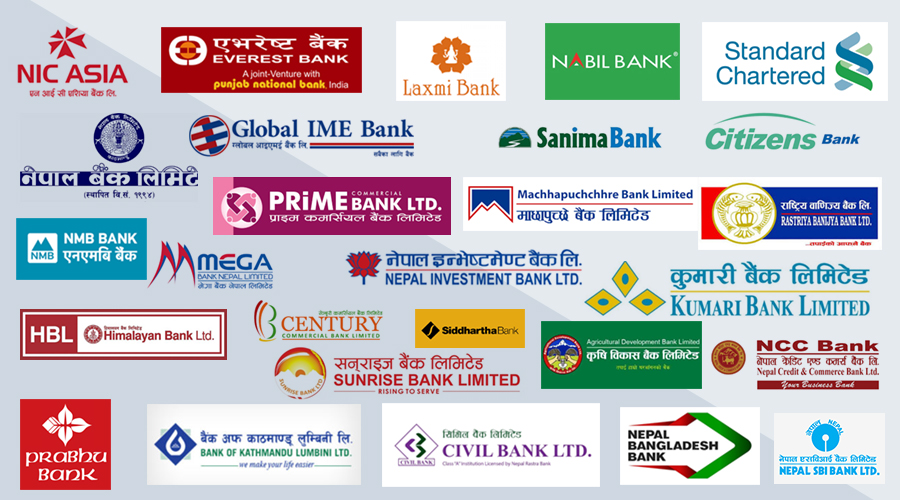KATHMANDU: Banking officials in Nepal are voicing growing apprehensions as the second quarter progresses, expressing concerns over the potential degradation of balance sheets. The pessimism is palpable, especially if the economy fails to rebound and existing challenges persist, according to statements from industry insiders.
Banks and financial institutions are mandated to disclose their financial statements for the ongoing fiscal year until the end of the month of Poush (Mid-Jan). The meticulous preparation of financial details for the second quarter has preoccupied bankers, and their sentiments remain relatively downbeat compared to the first quarter.
The initial quarter of the last fiscal year brought disappointment as most companies reported negative financial statements. The outlook for the current second quarter appears to follow a similarly somber trajectory. Bankers are signaling a lack of optimism, suggesting that profit improvements may not materialize, echoing the challenges faced in the first quarter.
Despite continuous interest rate reductions by financial entities, the inability to expand business in the second quarter is attributed to a lack of liquidity. While liquidity is deemed adequate, bankers argue that businesses are not experiencing growth. The stock market’s subdued atmosphere, despite sufficient investable funds, is contributing to a challenging business environment.
Even with declining interest rates, some bankers assert that businesses are refraining from borrowing despite ample liquidity. Industry insiders note that the economic environment remains unfavorable for business operations, impeding growth.
Surendra Raj Regmi, Senior Deputy CEO of Global IME Bank, describes the ongoing quarter as particularly challenging. Despite sufficient liquidity, Dhakal observes a zero demand for loans. While positive trends emerge in the stock market and remittances grow, the prevailing economic condition is characterized by gloom.
Adarsh Bajgai, Deputy CEO of Nabil Bank, echoes concerns about the second quarter’s potential unfavorable outcomes. Most banks have increased provisioning, impacting profits negatively. Delayed government payments to construction entrepreneurs compound these challenges, with Bajgai foreseeing limited positive changes by the fiscal year’s end.
Despite increased liquidity, businesses are encountering difficulties securing loans due to the government’s ongoing campaign. Many businesses are struggling to repay existing loans, creating additional complications for financial institutions.
The first quarter of the fiscal year witnessed a three percentage increase in banks’ bad loans. Experts anticipate a further surge in the second quarter. Despite sufficient liquidity, the lack of demand for loans, coupled with a dearth of government support during challenging times, adds to the apprehensions expressed by bankers.

